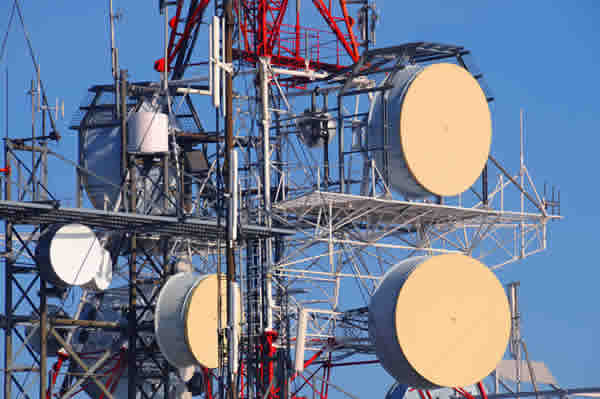By Blessing Afolabi
Worldwide spending on telecom services and Pay TV services is estimated to rise by two per cent, reaching a total of $1.54tn in 2024, according to International Data Corporation Worldwide Semiannual Telecom Services Tracker.
The report revealed that globally, a total of $1.48tn was spent on telecom and Pay TV services in 2022, indicating 2.2 per cent increase year over year.
The latest projection showed slightly higher figures compared to last year as it assumed 0.3 percentage point higher growth in 2023. IDC noted this acceleration was a result of the increase in tariffs of telecommunication services fuelled by inflation.
According to the latest IMF forecasts, inflation would at least linger for the next three years, denoting that there would be a continual increase in tariffs by operators, clients would pay more for telco services, and the total nominal value of the market would undergo growth at a faster pace.
The estimated increase would as well be affected by companies increasing the pace of digitalisation and use of modern software for their business processes, creating new go-to-market strategies based on data and intelligence, and deploying innovative business models based on telco-as-a-platform and co-creation within ecosystems.
Companies also looking for additional revenue streams in the non-telco areas such as IoT, data center, cloud, AR/VR, IT services, VoD, enterprise vertical solutions, financial solutions, cyber security, digital media, e-commerce, etc. would contribute to the steady increase.
The report showed that the Global Regional Services Revenue and Year-On-Year Growth from 2021 to 2022 for Europe, the Middle East and Africa increased by 2.4 per cent ($438 to $449) compared to America’s and Asia/Pacific which recorded a 1.4 per cent ($572 to $580) and 3.0 per cent ($467 to $481) increase respectively.
IDC’s forecast for Asia-Pacific was boosted by 0.7 per cent, for America’s by 0.3 per cent, and for Europe, the Middle East and Africa by 0.1 percentage points.
It stated that the level of change recorded in the EMEA region might seem relatively low since the region is experiencing a higher-than-average inflation while struggling to find a replacement for the cheap Russian energy.
This, IDC said could be a result of the war in Ukraine and the related economic sanctions imposed on Russia, the biggest market of the CEE subregion, and the significant slowdown of the major Western Europe economies driven by the drastic growth of the central banks’ interest rates.
It stated that, “The fact that during the previous update, the EMEA region witnessed the highest upward revision should also be taken into consideration. Nonetheless, the fastest growth this year, as well as in the entire forecast period, is expected in the Asia/Pacific region, fuelled by the relatively lower saturation of the markets in less-developed countries.
“This is the second time in the last six months that we have increased our forecast for the telecom services market and positive adjustments have been made for all global regions. This confirms the thesis that inflation is equally happening in all parts of the world and that operators are all behaving in a similar way when their profitability is threatened by inflationary pressures.
“And what is more, the effects that we observe now are the outcome of the initial tariff adjustments that were generally happening in mid-2022. This is the explanation for why we increased our forecast not only for 2023 but for the entire first half of the forecast period.”
The IDC noted that the forecasted growth rates were much lower than the annual inflation rates published by monetary statisticians, which meant that the market was witnessing a decline in value in real terms.
For this reason, the telecom operators would continue to heavily invest in advanced telco technologies, hoping that the migration to all-IP and new-generation access broadband would help offset the fixed and mobile voice decline.
IDC said telecom operators also believed that 5G would unlock new opportunities by allowing massive machine-type communications and ultra-reliable low-latency communications.
The Research Director, Worldwide Telecom Services, Kresimir Alic, stated that telecom operators were completely transforming from providers of traditional commodity-style services to becoming modern all-round full-stack technology suppliers.
In that way, he said, they would become leaders of the digital transformation revolution and rightly hope they could acquire one of the central positions in the new digitalised world.
Source: The Punch








